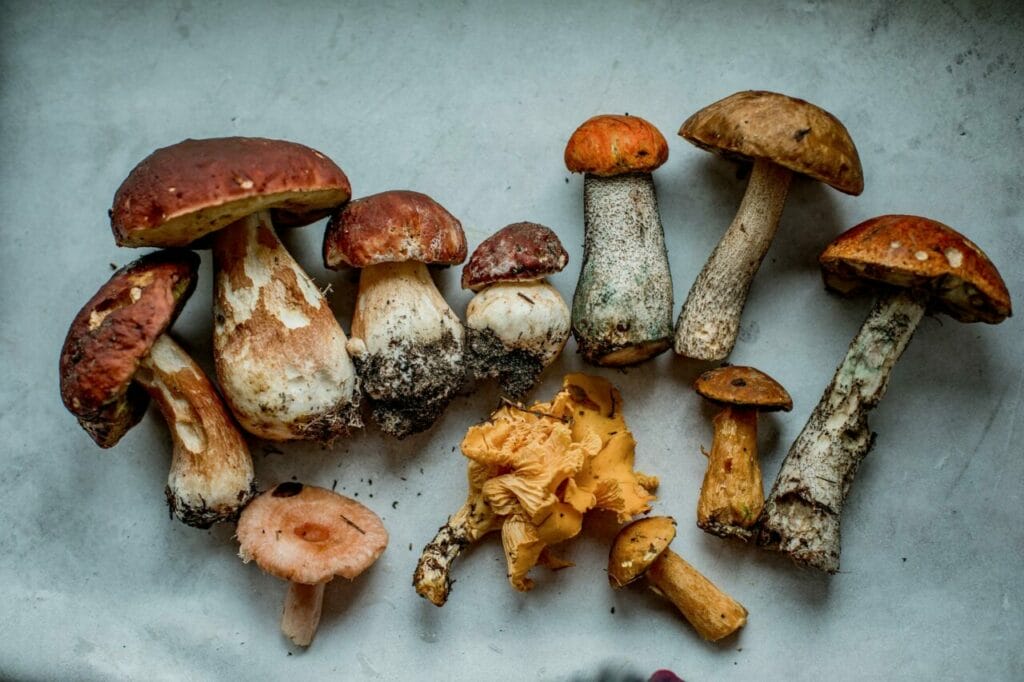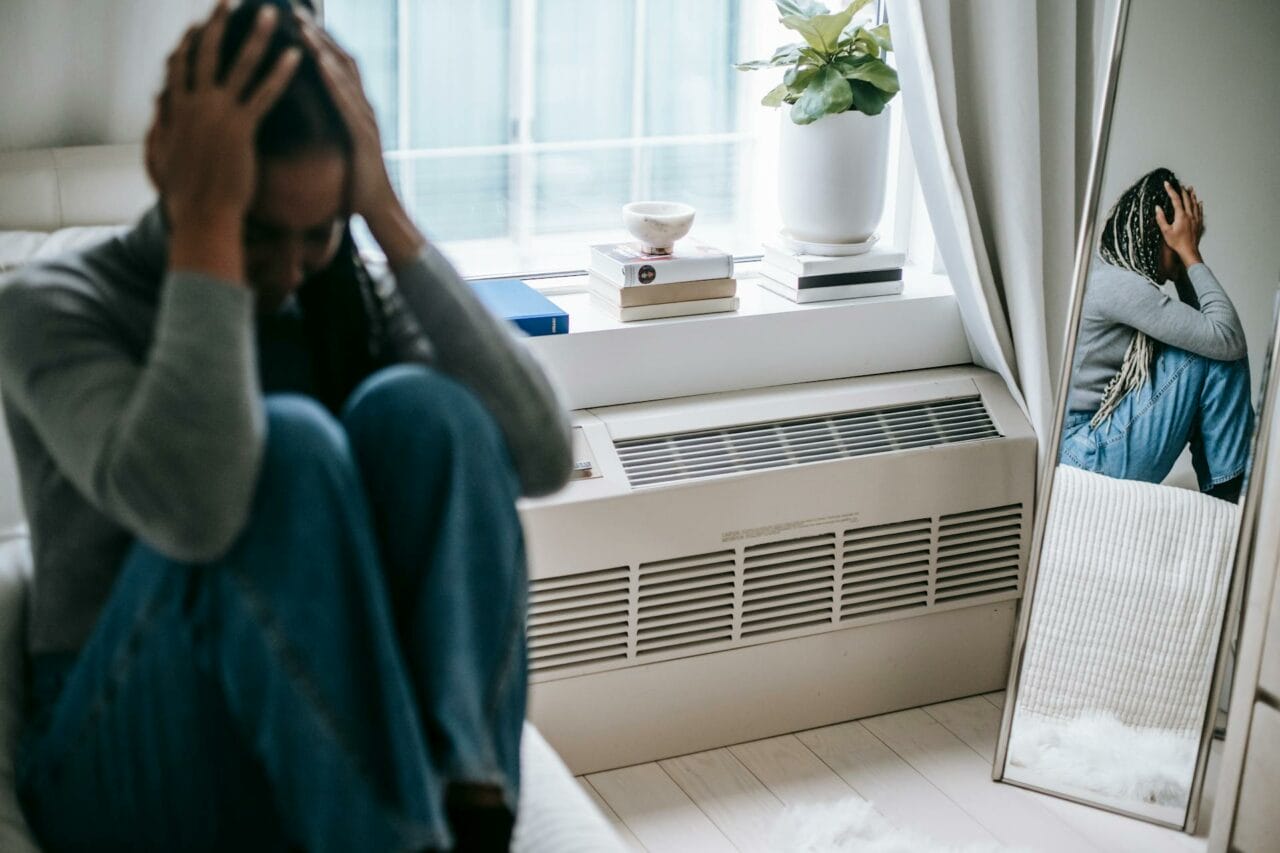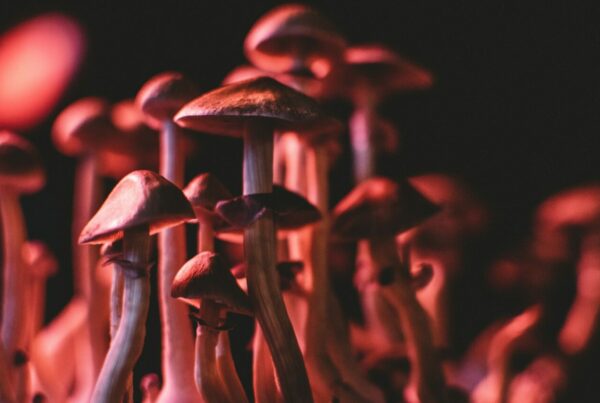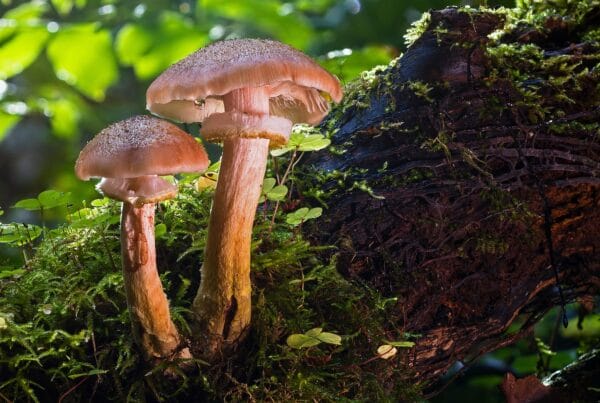Traditional anxiety treatment typically involves medication and therapy. However, these may not work for everyone due to potential side effects. This has sparked growing interest in alternative solutions, such as psychedelic therapy, which employs substances like “magic mushrooms Montreal” and others.
We are your premier destination for buying psychedelics online in Canada. Our services are quick, secure, and discreet.
[toc]Key Takeaways:
- Psychedelic therapy combines the healing benefits of psychedelic substances with traditional talk therapy to aid the healing process.
- Psychedelic therapy can boost emotional wellbeing and enhance life quality through spiritual experiences.
- The integration process is a vital step in psychedelic therapy aimed at ensuring the sustained effectiveness of the therapy session.

Statistics on Anxiety Disorders in Canada
The 2022 Mental Health and Access to Care Survey data reveal an alarming increase in the prevalence of anxiety disorders in Canada. The percentage of Canadians aged 15 and older diagnosed with generalized anxiety disorder in the year preceding the survey has risen from 2.6% in 2012 to 5.2% in 2022.
Comparing Conventional Treatment and Psychedelic Therapy
Standard treatments for anxiety disorders generally involve a combination of psychotherapy and medication. Psychotherapy, also referred to as psychological counselling, is a collaborative process between a therapist and the patient to mitigate anxiety symptoms.
On the other hand, anxiety medications reduce symptoms by tailoring treatment to the specific anxiety disorder and considering any concurrent mental or physical health issues. While treatment may differ based on individual circumstances, psychotherapy and medication are the primary approaches.
In psychedelic therapy, sessions stand out as they incorporate one or two doses of a psychedelic substance, in conjunction with other therapeutic
Techniques:
Psychedelic Therapy
Psychedelic therapy employs the advantageous properties of psychedelic substances to enhance the healing process. Acknowledged for their hallucinogenic characteristics, these substances have been integral in holistic medicine and spiritual customs across diverse cultures for millennia.
The two principal substances used in these therapeutic interventions are Lysergic acid diethylamide (LSD) and psilocybin. LSD triggers alterations in mood, perception, and consciousness. According to the Health Canada website, psilocybin is the active component present in magic mushrooms. Consuming these mushrooms can provoke sensory perceptions, such as visual, auditory, or tactile hallucinations.
Dosage Requirements for Three Sessions
In psychedelic therapy, professionals assess patients to determine the appropriate dosage of psilocybin for their sessions. The dosage varies, with some patients commencing with moderate levels, while others can withstand larger amounts of the substance. The treatment protocol generally comprises one to three medication sessions, each spanning six to eight hours and spaced several weeks apart. This methodology differs from traditional medications that require daily intake until a healthcare provider recommends otherwise.
Spiritual and Transformational Experience
Anxiety medications do not elicit transformative visions or sensations of divine connection. Their objective is to control symptoms, whereas therapy aims to tackle the underlying causes of the disorder. Psychedelic therapy can significantly impact emotional health and quality of life.
The immersive experiences can facilitate profound revelations, heightened self-understanding, and improved emotional management. These effects can stimulate personal development, encourage positive behavioral shifts, and enhance overall mental health.
Impacts
| Expanded Consciousness | Altered states of consciousness provide a new viewpoint of the world. | This amplified awareness typically results in the following: Deep revelationsEpiphaniesHeightened understanding of oneself and one’s surroundings |
| Emotional Healing | Supports emotional healing by offering the chance to face and process unresolved trauma, grief, or emotional pain. | This process contributes to:Accessing deeply suppressed emotionsReleasing emotional restrictionsPromoting emotional wellness |
| Increased Self-Awareness | Enhances connectivity among sensory brain regions while reducing connectivity within the default mode network. This network integrates brain regions that are interconnected, focusing on introspective thinking and the personal perception of oneself.” | These regions aim to: Modify negative thinking patterns, beliefs, and routine behaviours. Empower users to gain profound insights into their authentic selves, motivations, and interpersonal dynamics. |
Somatic Therapy
Somatic therapy, though not commonly linked to psychedelic therapy, is gaining recognition for its potential benefits. This body-centric approach explores the connection between mind and body. It’s based on the idea that past traumas can result in sensations becoming trapped within the body. Somatic therapists help individuals identify these body sensations and use therapeutic techniques to alleviate this tension.
Integration
This provides clients with a platform to attain clarity, broaden their perspective, and learn from their psychedelic experiences. The transformational process occurs during integration sessions with the therapist and through the client’s active participation outside of psychedelic explorations. Integration enhances the transformative power of psychedelics by actively engaging with surfaced insights and emotional discoveries.
Types of Integration
- Journaling. Documenting experiences allows individuals to solidify memories for easier retrieval in the future. It also lets clients analyze their experiences from various perspectives to reveal different meanings, implications, and connections.
- Art. This provides an effective way to encapsulate the intricate feelings and emotions from a psychedelic journey in a creative and visually expressive manner.
- Practicing Nature-based Approaches. These can be as simple as taking mindful walks in the woods or finding peace beside a tranquil body of water. Therapists can help clients recognize the intricate patterns within nature or suggest using natural elements like plants, stones, water, and candles as grounding tools.
- Engaging in Integration Groups. Group sessions with individuals who have had similar experiences offer a valuable opportunity for reflection, support, and connection. The capacity of psychedelic therapy to foster a sense of interdependence and shared understanding beyond individual boundaries is fundamental.
The Role of These Techniques in Treating Anxiety
The essential pharmacological premise behind all psychedelics is their ability to act as agonists, or stimulators, of serotonin (5-HT) 2A
Psychedelic research primarily investigates their influence on the brain’s default mode network, a neural network associated with recurrent thoughts. This network has been implicated in mental health conditions such as depression and anxiety. Treatment with psychedelics can significantly reduce anxiety levels, with the effects lasting up to 12 months after the treatment.
After a psilocybin session, which typically involves profound spiritual experiences, the patient participates in a dialogue with their therapist. These talk therapy sessions are facilitated by skilled healthcare professionals whose goal is to listen intently to the patient. They also employ specific strategies and techniques to maximize the positive outcomes of the treatment.
These strategies collectively assist individuals with anxiety in achieving sustained relief in fewer sessions compared to traditional treatments.
Transform Your World, One Session at a Time
Many people rely on traditional treatments for anxiety, but they aren’t always effective or satisfying for everyone. Psychedelic therapy provides an alternative, using distinctive approaches that can trigger transformative experiences. These methods work together to yield deep, lasting results—sometimes up to a year after just one to three sessions.
Beyond improving mental health, this therapy could also result in significant cost savings for patients. Ready to discover a new path to wellbeing? Explore the possibilities of psychedelic therapy with Get Magic Mushrooms Canada.
Frequently Asked Questions
What type of magic mushroom is typically used in psychedelic therapy?
In studies on psychedelic-assisted therapy, it’s often overlooked to specify the type of mushroom used. Psilocybe cubensis is usually the preferred choice.
Online magic mushroom dispensaries offer a variety of strains to cater to different preferences. You have the freedom to choose any strain to experience the therapeutic benefits of psychedelics. However, it’s essential to exercise caution and choose a reliable vendor to avoid obtaining unsafe magic mushrooms from dishonest sources.
What is the duration of psychedelic therapy?
The duration of psychedelic therapy can vary as it involves several stages. A single session where the psychedelic is taken lasts between 4 to 8 hours. The entire therapeutic process, which includes preparation, the session itself, and subsequent discussions, can span from a few weeks to several months.
As for the lasting effects, individuals often report improvements in their mental health for several months or even up to a year after the therapy.
In just a year or a few sessions, significant changes can be observed.Several sessions are provided.
Does the therapist guide the patient on their spiritual journey?
During the journey, professionals such as therapists or other staff members may offer guidance to the patient. Studies suggest that Spiritual Health Practitioners (SHPs) provide unique and valuable insights to improve participants’ wellbeing and support their progress on their spiritual journey. Some people rely on the help of an SHP, while others turn to the therapist or specialist that’s available.
Is the concept of “set and setting” integral to the process of psychedelic therapy?
Indeed, the individual’s mindset (set) and the physical surroundings (setting) play essential roles in safely enabling spiritual experiences during a psychedelic therapy session. The person’s mental state influences their spiritual journey, affecting the experience both before and throughout the psychedelic session. Factors such as beliefs, expectations, emotional states, and intentions determine the direction and depth of the experience.
About the Authors:
Franklin King, IV, MD. and Rebecca Hammond, M.D.
Related Articles:





